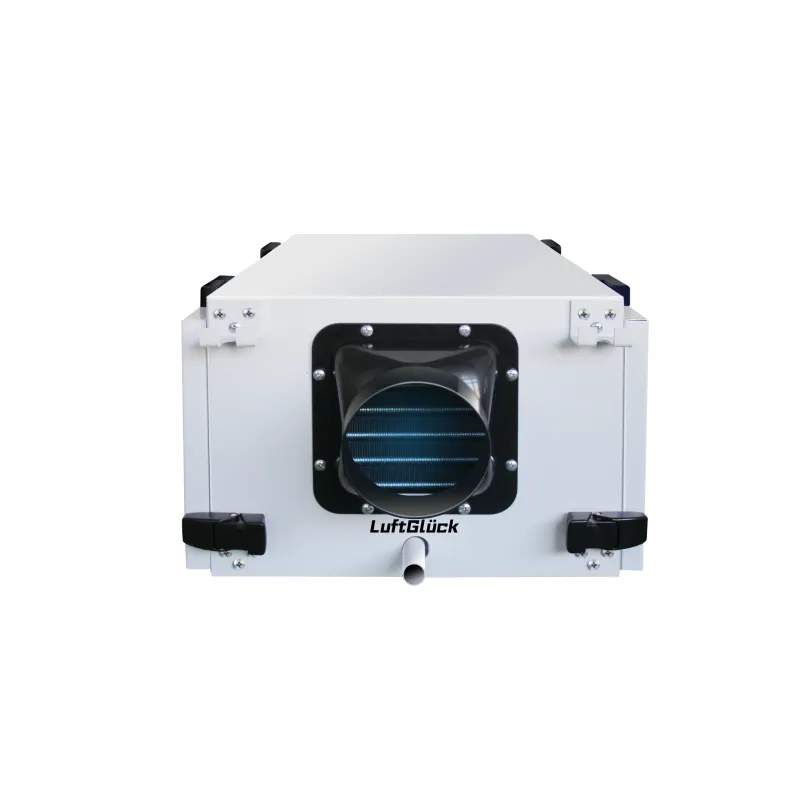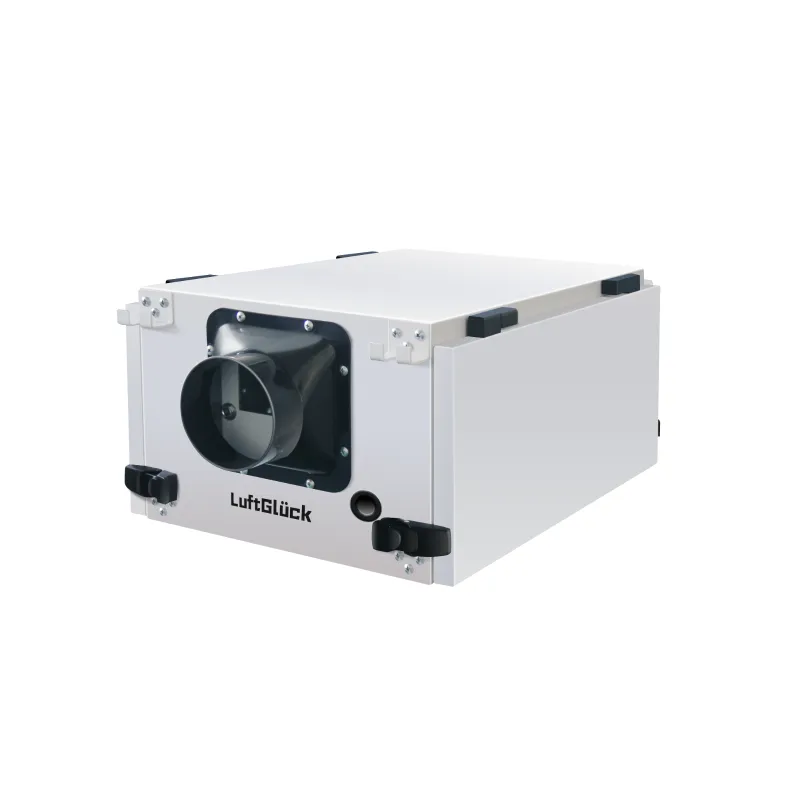Understanding the Value of Energy Efficient Moisture Control
Managing indoor humidity effectively while keeping energy costs in check has become increasingly important for homeowners and businesses alike. An energy efficient dehumidifier serves as the perfect solution, offering optimal moisture control without the burden of excessive energy consumption. These innovative appliances have revolutionized the way we think about indoor air quality management, providing a perfect balance between performance and cost-effectiveness.
Modern energy efficient dehumidifier technology has evolved significantly, incorporating advanced features that maximize moisture removal while minimizing power usage. This combination not only ensures a comfortable living environment but also contributes to substantial savings on utility bills throughout the year. Understanding how to select and operate these devices effectively can make a remarkable difference in both your indoor air quality and monthly expenses.
Key Features of High-Performance Energy Efficient Units
Smart Humidity Control Systems
Contemporary energy efficient dehumidifier models come equipped with intelligent humidity sensing technology that automatically adjusts operation based on current moisture levels. These smart systems ensure the unit runs only when necessary, preventing energy waste while maintaining optimal humidity levels. The built-in humidistats constantly monitor the environment, automatically shutting off when target humidity is reached and restarting when levels rise above the desired threshold.
Digital displays and programmable settings allow users to customize operation according to their specific needs, whether it's maintaining a constant humidity level or operating during specific times of day. This precision control not only enhances performance but also contributes significantly to energy savings.
Energy-Saving Components and Design
The core components of an energy efficient dehumidifier are engineered for maximum performance with minimal power consumption. Energy-efficient compressors, optimized fan motors, and high-efficiency coils work together to remove moisture effectively while using less electricity. The streamlined airflow design reduces resistance and improves overall efficiency, allowing these units to achieve superior performance ratings.
Many models also feature eco-friendly refrigerants that not only comply with environmental regulations but also contribute to improved energy efficiency. The combination of these advanced components results in units that can remove the same amount of moisture as traditional dehumidifiers while consuming significantly less power.
Optimizing Performance Through Proper Placement and Maintenance
Strategic Positioning for Maximum Efficiency
The location of your energy efficient dehumidifier plays a crucial role in its performance and energy consumption. Placing the unit in a central location with good air circulation helps it operate more effectively, reducing the time and energy needed to achieve desired humidity levels. Keep the dehumidifier away from walls, furniture, and curtains that could restrict airflow and force the unit to work harder.
For multi-level homes, basement placement often proves most effective as moisture typically rises from lower levels. However, consider using multiple smaller units strategically placed throughout larger spaces rather than one large unit, as this can often provide more efficient moisture control while optimizing energy usage.
Essential Maintenance Practices
Regular maintenance is crucial for maintaining the efficiency of your energy efficient dehumidifier. Clean or replace air filters monthly to ensure optimal airflow and prevent the unit from working harder than necessary. Regularly inspect and clean the condensation coils to maintain their heat transfer efficiency, which directly impacts energy consumption.
Check and empty the water collection bucket according to the manufacturer's recommendations, or better yet, set up a continuous drainage system to prevent automatic shutoffs that can interrupt the dehumidification process. These simple maintenance tasks can significantly extend the life of your unit while ensuring it operates at peak efficiency.

Maximizing Energy Savings Through Smart Operation
Timing and Seasonal Considerations
Operating your energy efficient dehumidifier during optimal times can significantly impact its energy consumption. Running the unit during cooler hours, typically early morning or late evening, can improve efficiency as the compressor doesn't have to work as hard. Additionally, coordinating dehumidifier operation with your air conditioning system can help both appliances work more efficiently.
Adjust settings seasonally to account for natural humidity variations. During warmer months, you might need higher settings, while cooler seasons typically require less aggressive dehumidification. This seasonal adaptation helps maintain comfort while minimizing energy usage.
Integration with Home Climate Control
Modern energy efficient dehumidifier systems can be integrated with your home's overall climate control strategy. Smart home technology allows for synchronized operation with your HVAC system, ensuring both systems work together efficiently rather than competing. This coordination can lead to significant energy savings while maintaining optimal indoor comfort levels.
Consider using programmable timers and smart plugs to automate operation based on your daily routines and local weather patterns. This automation ensures your dehumidifier runs only when needed, maximizing efficiency while minimizing energy waste.
Frequently Asked Questions
How much can I save with an energy efficient dehumidifier compared to a standard model?
An energy efficient dehumidifier can reduce energy consumption by 20-30% compared to conventional models, potentially saving hundreds of dollars annually on electricity bills. The exact savings depend on usage patterns, local electricity rates, and the specific model's efficiency rating.
What humidity level should I maintain for optimal efficiency?
For most homes, maintaining relative humidity between 45-50% provides the best balance between comfort and energy efficiency. Setting your energy efficient dehumidifier to this range helps prevent both excessive running time and moisture-related issues.
When should I replace my energy efficient dehumidifier?
Most energy efficient dehumidifiers maintain optimal performance for 5-10 years with proper maintenance. Consider replacement if you notice decreased efficiency, unusual noises, or if repair costs exceed half the price of a new, more efficient model.
How can I determine the right size energy efficient dehumidifier for my space?
Calculate your space's square footage and consider its typical humidity levels. For most residential applications, you'll need approximately 10-12 pints of daily removal capacity per 500 square feet in moderately damp conditions. Choose an Energy Star certified model sized appropriately for your space to ensure optimal efficiency.

